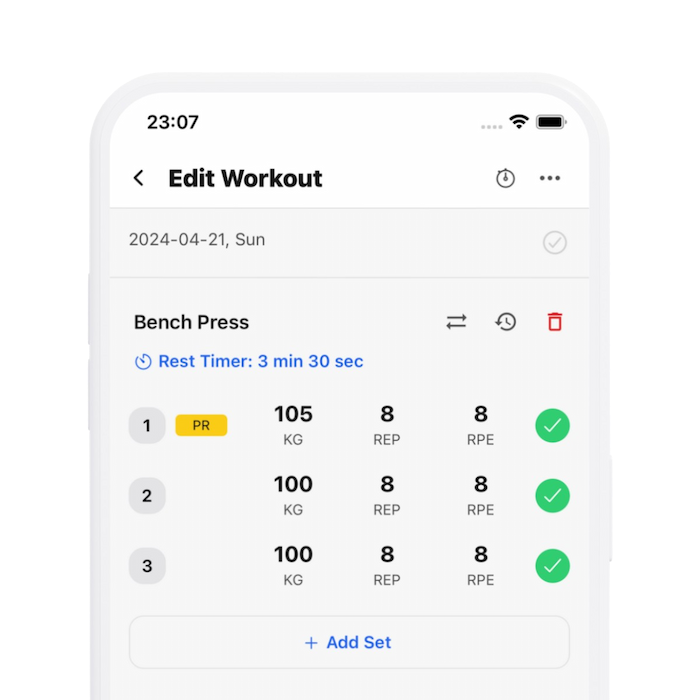30 Seconds SummaryEverything There is to Know About High-Load versus Low-Load Training
- The study involved 23 untrained women, split into high-load (80% of 1RM) and low-load (30% of 1RM) groups, performing leg-related exercises for eight weeks.
- Both high-load and low-load training were effective in increasing strength without significant differences between the groups.
- No significant differences in body composition changes were observed between the high- and low-load groups.
- Perceptual and affective responses, including effort-based ratings of perceived exertion (RPE), affective responses, and intention to exercise, showed no significant differences between high-load and low-load training.
- Feeling scale ratings were positively associated with intentions to train, indicating that more pleasurable sessions could lead to greater intentions to continue exercising.
- The results suggest that individuals can gain similar strength benefits from both high- and low-load training and that long-term training adherence might not be affected by training load preference.
Stronger By Science
Michael Zourdos
